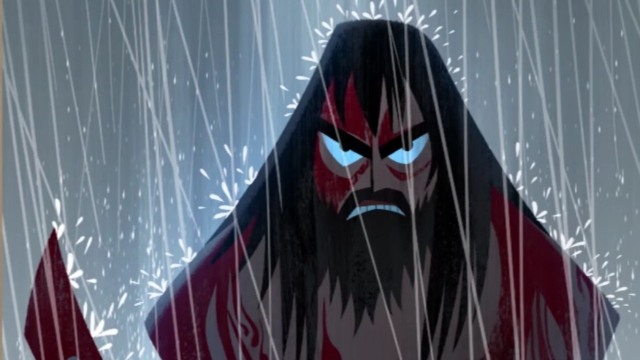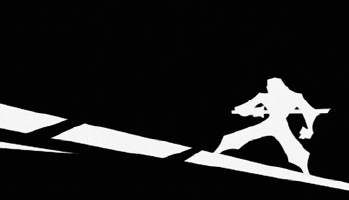
In the early 2000s Genndy Tartakovsky created Samurai Jack, which aired on Cartoon Network and struck kids as being very dark and very deep compared to anything else surrounding it. Although it was full of silliness, it also accessibly exhibited strong moral lessons by pitting a pure-hearted exemplar of Bushido against corruption and decadent aspects of culture in industrial civilization.

Taking a mythical tone, the series sometimes develped deeply spiritual motifs or intricate archetypal structures – often aided by changing art styles; for instance, there is an intense yin-yang duel in which darkness inexorably creeps up a tower with the setting sun, drowning the hero in a sea of darkness that hides his foe, but the light is a positive force: its last rays are reflected from the heroe’s blade, blinding the evil assassin just long enought for death blow. That’s a very cool way of positing that spirit and life has a mysterious power to triumph in spite of the decay, entropy, and overwhelming malevolence.

In 2017 Tartakovsky created a fifth season of Samurai Jack that took the show to new psychological depths by developing the characters – even calling into question their entire justification for being – while retaining and calling back great memories from the original series. Without changing tone too drastically the story transformed to suit an adult audience and left us with a deep and haunting conclusion that places the story of Samurai Jack among some of the best animated works of all time.

